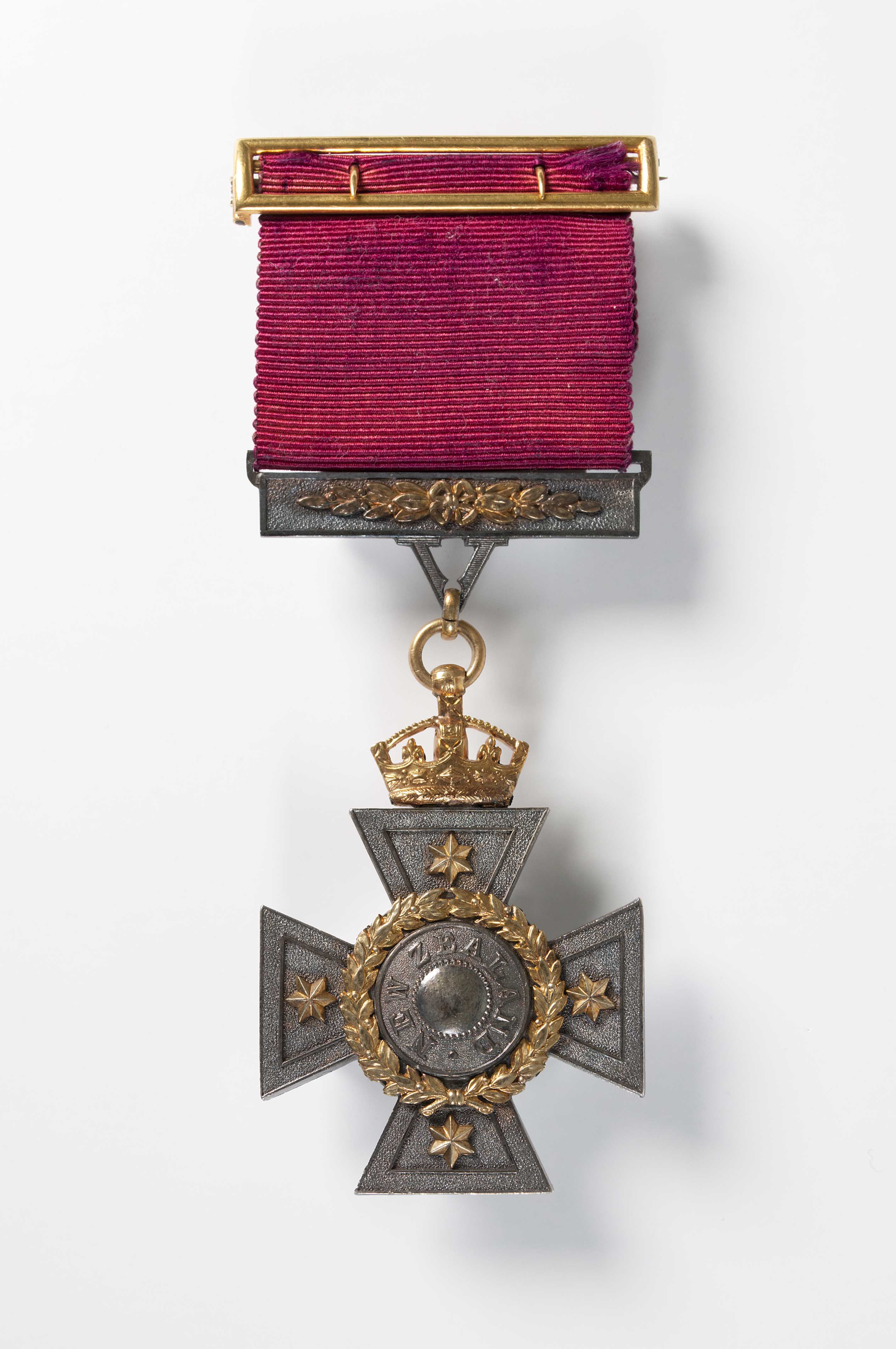
The Kuru Taonga: Voices of Kahungunu exhibition at MTG Hawke’s Bay Tai Ahuriri says a lot about the transformation of Te Matau a Māui into Hawke’s Bay.
Pākehā were called by Ngāti Kahungunu to come and settle in Te Matau a Māui. Pākehā were given land and were sold land to do this. Kahungunu went to Auckland to see George Grey and Donald Mclean to facilitate this.
Ngāti Kahungunu were in a time of rebuilding from the Musket Wars. Kahungunu chiefs were looking for rejuvenation, innovation, and renewal. They saw an opportunity for modernisation with Pākehā bringing many new things. Everything to revitalise Ngāti Kahungunu. Steel and peace under one God rather than many Gods with different agendas. Pākehā represented a new normal. This is what Ngāti Kahungunu chiefs saw for their people.
However, unbeknown to Kahungunu chiefs, when they travelled to Auckland to see Grey, he saw this as an opportunity to send Mclean to Hawke’s Bay to implement the policies that gave birth to the Native Land Act, along with many other policies created to alienate natives from their own lands.
The Native Land Acts 1862 and 1865 established the Native Land Court. Minister of Justice, Henry Sewell, stated the purpose of the Court was “to bring the great bulk of the lands in the Northern Island within the reach of colonisation and the de-tribalisation of the Māori – to destroy, if it were possible, the principle of communism upon which their social system is based”.
On 5 March to 12 April 1873 there was a Report of Inquiry into the purchase of Heretaunga. Complaints were published in the Hawke’s Bay Provincial Government Gazette regarding the alienation of Native lands known as Heretaunga – The Heretaunga Purchase.
The complainants tabled against the purchasers were Manaena Tini ki Runga, Karaitiana Takamoana, Hēnare Tomoana, Rēnata Kawepō, Te Waka Kawatini, and Hōhepa Te Ringanohu.
The purchasers were H. Parker, T.Tanner, J.N. Williams, G.E. Lee, J.Cuff, J.D Ormond, J.D. Gordon, Capt. William Russell and Capt. Hamilton Russell.
The report states that Karaitiana Takamoana complains ‘that alienation was made under circumstances of unfair pressure by and at the instigation of the parties complained against, or persons acting for and on their behalf that complainant and several of the grantees were most unwilling to part with this the most valuable block of land in the province; that the price was greatly inadequate, and the consideration was not paid to the grantees in money, but was in a large proportion handed over to publicans and storekeepers, whose bills and demands arose to a great extent out of the supply of spirits and other liquors, which the grantees had in few instances an opportunity of examining; and for payment of which they were threatened with extreme measures, both against person and land, to avoid which they were induced to sign deeds of sale”. The complaint also says “that certain arrangements made with him as part of the conditions of sale have not been carried out, and he asks from the Commissioners a full and searching enquiry into the whole transactions, and calls for production of all accounts and papers in any way connected with the transactions, and for the examination of all parties concerned”.
The same report states from Rēnata Kawepō that, ‘the land was leased, mortgaged, and sold without consultation” and from Hōhepa Te Ringanohu “that the land was sold without consultation and beg that it be returned’.
The report goes on to say that “Up to the passing of the Native Lands Act very little native land here had been alienated, and there appeared to be strong objection to its sale by the original owners.” It carrys on to note that “During the year 1870, the year in which the greater part of the conveyances were taken, the whole of the native population capable of consuming liquor – with one or two solitary exceptions, – was given up to one continual debauch – to a drunkenness, which so far as that year was concerned, seemed to have neither beginning nor end. In nearly all of these transactions spirituous liquors formed a considerable part of the consideration, and he believed a statistical statement of the amount of liquor supplied to the natives during that period would show a sufficient quantity to keep every man of them drunk during the whole time. While these large purchases were in progress, the natives, being continually drunk, could not be supposed to understand the nature of the documents to which their signatures were attached”.
Member of Parliament Robert Bruce declared “we could not devise a more ingenious method of destroying the whole Māori race than by these land courts”.
Published in the Hawke’s Bay Today newspaper 8th January 2022 and written by Te Hira Henderson, Curator Māori at MTG Hawke’s Bay.



